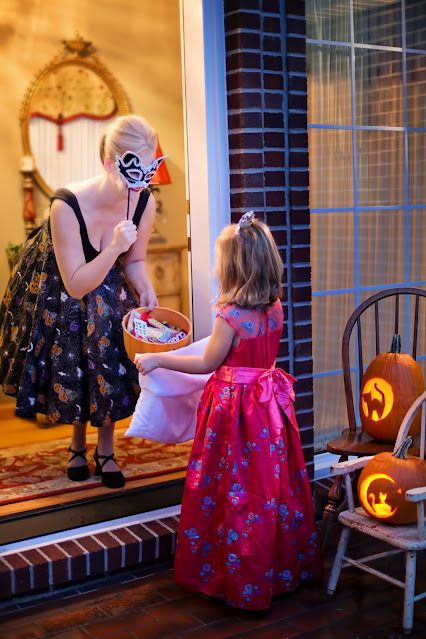Hello everyone!
Welcome to this enthralling exploration of Halloween's history. While we associate it with costumes and candy, its origins are far more intriguing. Let's embark on this journey, shall we?
 |
| Image credit |
Ancient Celtic beginnings: Samhain and the thin veil
Our story starts over 2,000 years ago with the Celts, who celebrated Samhain, a festival marking the end of the harvest season. They believed that on this night, the boundary between the living and the dead blurred, allowing spirits to roam freely. To ward off these otherworldly visitors, they lit bonfires and wore costumes, a tradition that still echoes today.
Roman influence: Merging traditions
With the Roman conquest of Celtic lands, two festivals intertwined: Samhain and Feralia, a day dedicated to honouring the dead. The resulting amalgamation gave birth to new customs, such as 'bobbing for apples,' a divination practice that revealed one's future spouse. This blend of cultures laid the foundation for Halloween as we know it.
Christianity and All Hallows' Eve: A holy twist
In the 9th century, the Catholic Church introduced All Hallows' Eve, a day preceding All Saints' Day. This was an attempt to Christianise the pagan festival, incorporating elements like 'souling,' where the poor went door-to-door, receiving food in exchange for prayers for the dead. Over time, this evolved into the modern-day trick-or-treating.
Irish influence: The emergence of Jack-o'-Lanterns
The tale of Jack-o'-Lanterns finds its roots in Irish folklore. Stingy Jack, a notorious trickster, was denied entry to both heaven and hell. Condemned to wander the earth, he carried a lantern made from a hollowed turnip, guiding his lost soul. When Irish immigrants arrived in America, they discovered pumpkins, a native fruit, and the iconic jack-o'-lanterns were born.
Halloween in America: Community and celebration
During the late 19th and early 20th centuries, Halloween became a community-centered holiday in America. Neighbours would gather for parties, parades, and storytelling sessions. The emphasis was on fun and camaraderie, with pranks and mischief taking centre stage. However, the post-World War II era saw a shift towards a more child-focused celebration, with safety becoming a priority.
Modern Halloween: A global phenomenon
Today, Halloween is celebrated in various countries, each adding its unique touch. From Mexico's vibrant Day of the Dead to Japan's growing fascination with cosplay, the holiday has transcended borders. It has also become a commercial success, with the Halloween industry generating billions of dollars annually.
Conclusion: A timeless tradition
As we conclude this journey through time, it's evident that Halloween's allure lies in its ability to blend the ancient and the modern, the spooky and the joyous. It's a holiday that connects us to our past, while also allowing for creativity and imagination. So, this October 31st, as you don your costume or carve a pumpkin, remember the rich tapestry of history that you're a part of.
Happy Halloween!
